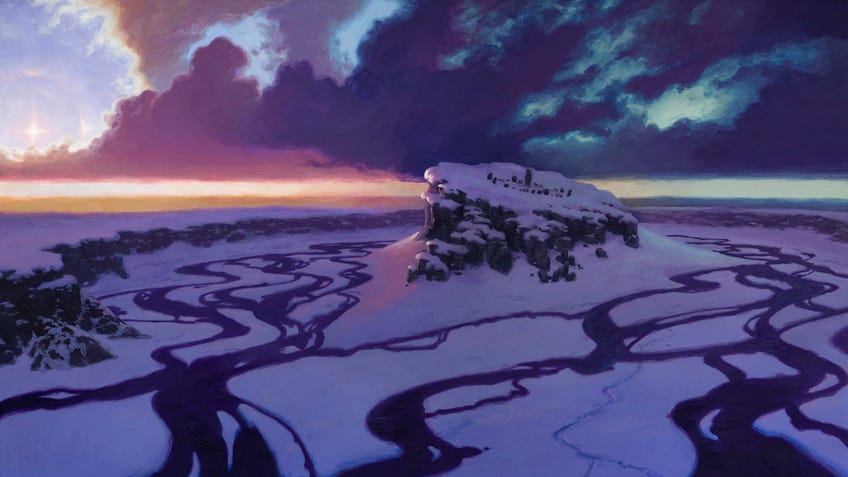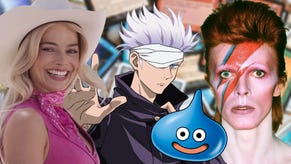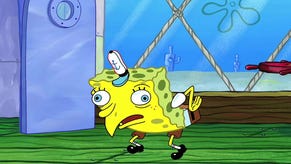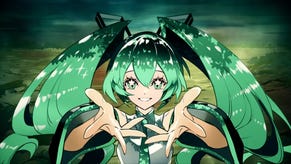Magic: The Gathering illustrators reveal how card artwork gets made
Art decko.
Have you ever wondered what goes into the art that goes onto Magic: The Gathering cards? That’s more likely than ever to be the case given the recent reaction to both the Faithless Looting artwork along with the apparent plagiarism in the Crux of Fate art.
We recently had the chance to chat with illustrators Sarah Finnigan and Martina Fackova about the process of making art for MTG cards. If you’ve ever wondered about the processes behind the art that brings your favourite cards to life, it's a combination of aligning with the needs of the game's designers, capturing the mood of the multiverse and the artists' own personal vision.
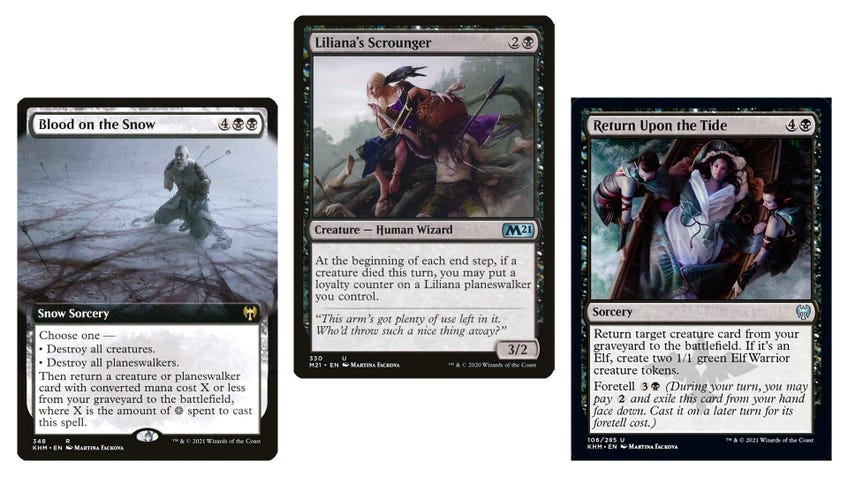
You’d think that the artists would be given some inkling about the effect of the card to help them match the art to the card, but that’s not the case, as Fackova explains: “The brief doesn’t describe what the card will do in the game so we don’t specifically know the mechanics when we work on the art.”
“The brief I receive specifies the colour(s) the card will be associated with, what plane it exists on, the requested subject matter, and any features they’d like to be made prominent,” adds Finnigan.
We don’t specifically know the mechanics when we work on the art.
This is accompanied by a world guide, which is over 150 pages of worldbuilding information about the plane along with some concept art to help set the tone. The artists are also given a specific mood for the card.
The colour of the card impacts the art as well. Fackova says that the colour of the card and the frame they’ll be working with helps to pick a palette. So far, Finnigan has done work on land cards such as Glacial Floodplain, where the “colour dictates what kinds of geographical features I depict”. The colour also impacts the kind of angle they’ll use, the lighting and even the size of the objects in the piece to help the feel of the card.
So, that’s the brief, but how long do they have to actually work on those pieces? Well, they’re usually given around six weeks - although how long each one will take will obviously differ from artist to artist. The illustrators work closely with Wizards of the Coast art directors, whom Fackova describes as being “amazing in giving their artists a lot of space and creative freedom", adding that the "art directors are very skilled in giving constructive feedback and motivating us to do our absolute best”. Artists get to find their own way with the artwork, but they can also submit basic sketches if needed to make sure they’ve perfected the feel that’s wanted, which is what Finnigan does.
Often they don’t choose the one I’d have chosen for myself.
Any brief, even one with lots of instructions, could still lead to a wealth of different styles. After all, if you’re working with artists, you have to expect things to be open to interpretation. It’s natural that the artists would want to use their own style on the pieces, not be forced to match someone else’s. Fackova finds they’ve had no issues with this at all because they were influenced by a lot of MTG artists when they started doing their own artwork. Finnigan, on the other hand, takes the sketch submission route, and finds that “often they [Wizards of the Coast] don’t choose the one I’d have chosen for myself if I were doing a personal piece from them”.
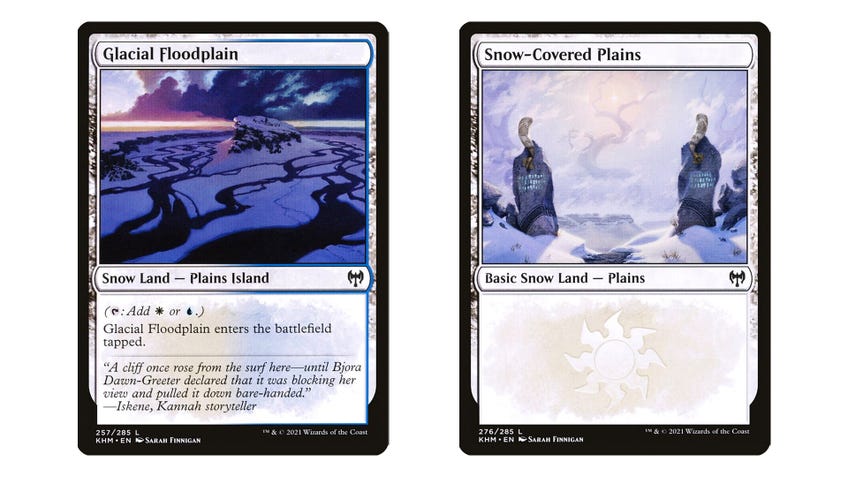
Finnigan is a landscape artist, so they’re more than happy to be doing work on land cards, although they really like “places with a unique focus (as opposed to an open vista), especially when that focus shows the touch of people having been there, such as ruins”. Fackova’s answer when asked about their own preferences is simply: “Anything black, red or white is my cup of tea!”
One of the best things about Magic: The Gathering is that people can enjoy it for a wealth of different reasons. It seems the same is true of the artists too, because neither artist we spoke to currently plays the card game. Finnigan said that they do “do listen to YouTubers talk about the lore and stories while I’m working sometimes. I know more about the planes, characters and history than I do about gameplay.” Fackova, on the other hand, is waiting for the end of the pandemic, because “my local MTG community promised to teach me when tournaments are allowed again”.
